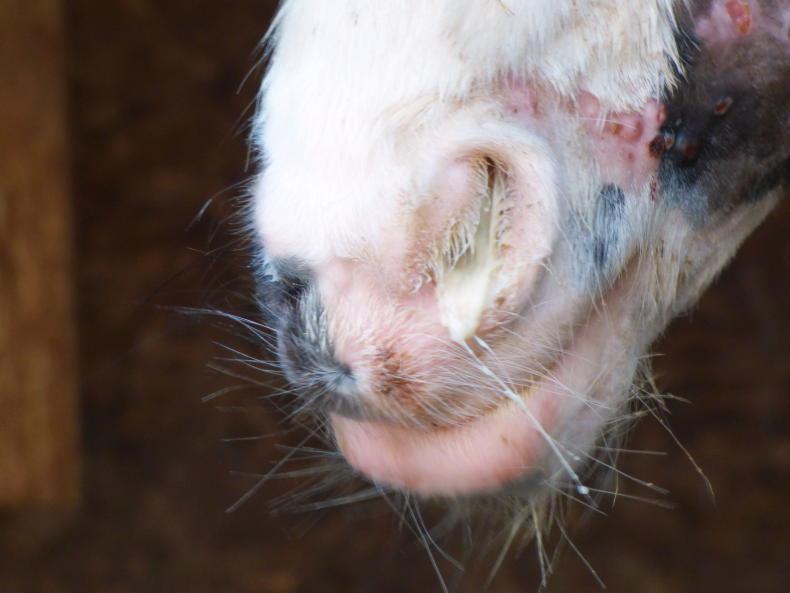A STUDY by the Royal Veterinary College (RVC) has revealed new insights into how the highly contagious disease strangles spreads amongst horses in the UK. This research marks a significant step forward in understanding how owners and vets can more effectively manage and prevent outbreaks of this devastating equine disease, through targeted interventions and outbreak management protocols.
Seeking to strengthen understanding of the disease’s transmission, particularly the relative contribution of short-term (immediately post infection) versus long-term carriers (carriers that were infected months or years prior), researchers analysed more than 500 S. equi samples.
Key findings of the study revealed a significant and rapid change in the S. equi population structure in the UK between 2016 and 2022, suggesting that, contrary to previous assumptions, acutely infected or recently convalesced short-term carrier horses play a more influential role in transmission than long-term carriers.
Frequent transmission across different UK regions, with nearly two-thirds of identified transmission pairs occurring between horses from different UK regions, and a significant transmission chain observed spanning large distances across the UK over a six-month period, involving horses from England, Scotland, Wales and Northern Ireland. This highlights the national and international importance of horse movements in spreading the disease.
Critical need
The study showed that most detected S. equi infections were transmitted from horses with overt clinical signs or those recently convalescing.
This research underscores the critical need for greater awareness and adoption of post-outbreak screening protocols to confirm freedom of infection, rather than solely the resolution of clinical signs.
The findings have far-reaching implications for how veterinarians and horse owners manage outbreaks.
The research highlights the need for early diagnosis, isolation and laboratory-confirmed clearance, particularly through guttural pouch testing, before assuming a horse is infection-free. It also advocates for tighter biosecurity and movement protocols, especially when transporting horses across regions.
Nic de Brauwere, Head of Welfare and Behaviour at Redwings Horse Sanctuary and co-author of the paper, said:
“This research, and the publication of this paper, have advanced our knowledge around strangles transmission significantly.
“It is so rewarding when high level research is able to have real-world relevance, and bring immediate potential benefits to equine health.
“Owners, yards and vets can improve how they focus their screening efforts on the highest risk situations based on sound evidence, making the best use of limited resources whilst having a direct impact on the spread of infection to new susceptible equines.”


 This is a subscriber-only article
This is a subscriber-only article
 It looks like you're browsing in private mode
It looks like you're browsing in private mode





SHARING OPTIONS: